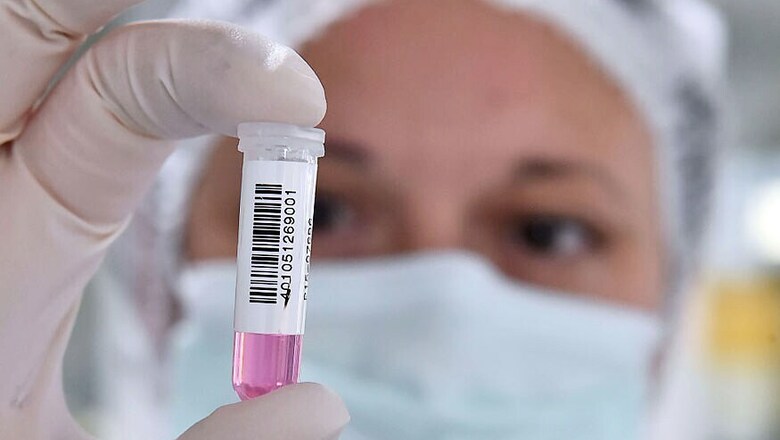
views
London: In a first, a baby was born using a new "three person" fertility technique in Mexico, the media reported.
Using the new and controversial technology, called mitochondrial donation, which incorporates DNA from three persons, the baby was born on April 6, 2016, newscientist.com reported in a statement on Tuesday.
The five-month-old boy, born to a Jordanian couple, has the usual DNA from his parents, and a small amount of genetic code from a donor.
The boy's mother carried genes for the fatal Leigh syndrome -- which harms the developing nervous system.
The Leigh syndrome affect the DNA in mitochondria, the tiny battery-like structures that provide cells with energy, and are passed down from mother to child, and thus were responsible for the death of two of her children.
Assisting the couple were a team of doctors led by John Zhang, medical director at the New Hope Fertility Center in New York, US, who used a method called spindle nuclear transfer, and removed the nucleus from one of the eggs of the mother and inserted it into a donor egg that had its own nucleus removed.
The resulting egg -- with nuclear DNA from the mother and mitochondrial DNA from a donor -- was then fertilised with the father's sperm.
Using this approach, they created five embryos, out of which one developed normally. This embryo was then implanted in the mother and the child was born nine months later.
As the method has not been approved in the US, Zhang went to Mexico instead, where he says "there are no rules" and insisted that doing so was right.
"To save lives is the ethical thing to do," Zhang said.
The method, which was legally approved in Britain in February 2015, ensures that the baby boy would be free of a genetic disease his mother carries.
"This study heralds a new era in pre-implantation genetics and represents a novel means for the treatment of families at risk of transmitting genetic disease," Darren Griffin, Professor at the University of Kent in Britain was quoted as saying to bbc.com.
However, fertility experts say it is important to push ahead, but cautiously.
"The translation of mitochondrial donation to a clinical procedure is not a race but a goal to be achieved with caution to ensure both safety and reproducibility," Alison Murdoch, Professor at Newcastle University in Britain, was quoted as saying to bbc.com.
Details of the new birth technique will be presented at the American Society for Reproductive Medicine meeting in Salt Lake City in October.


















Comments
0 comment